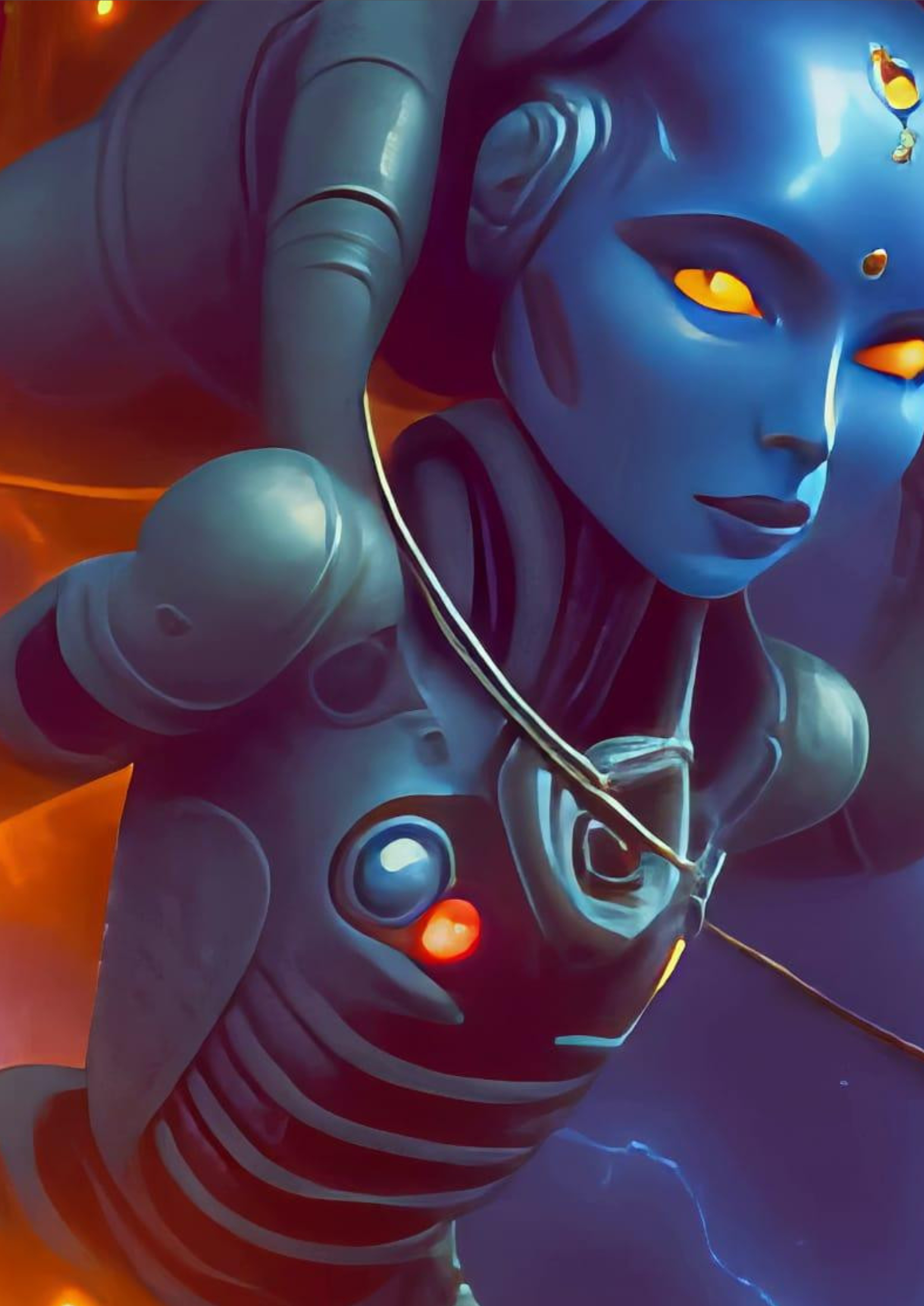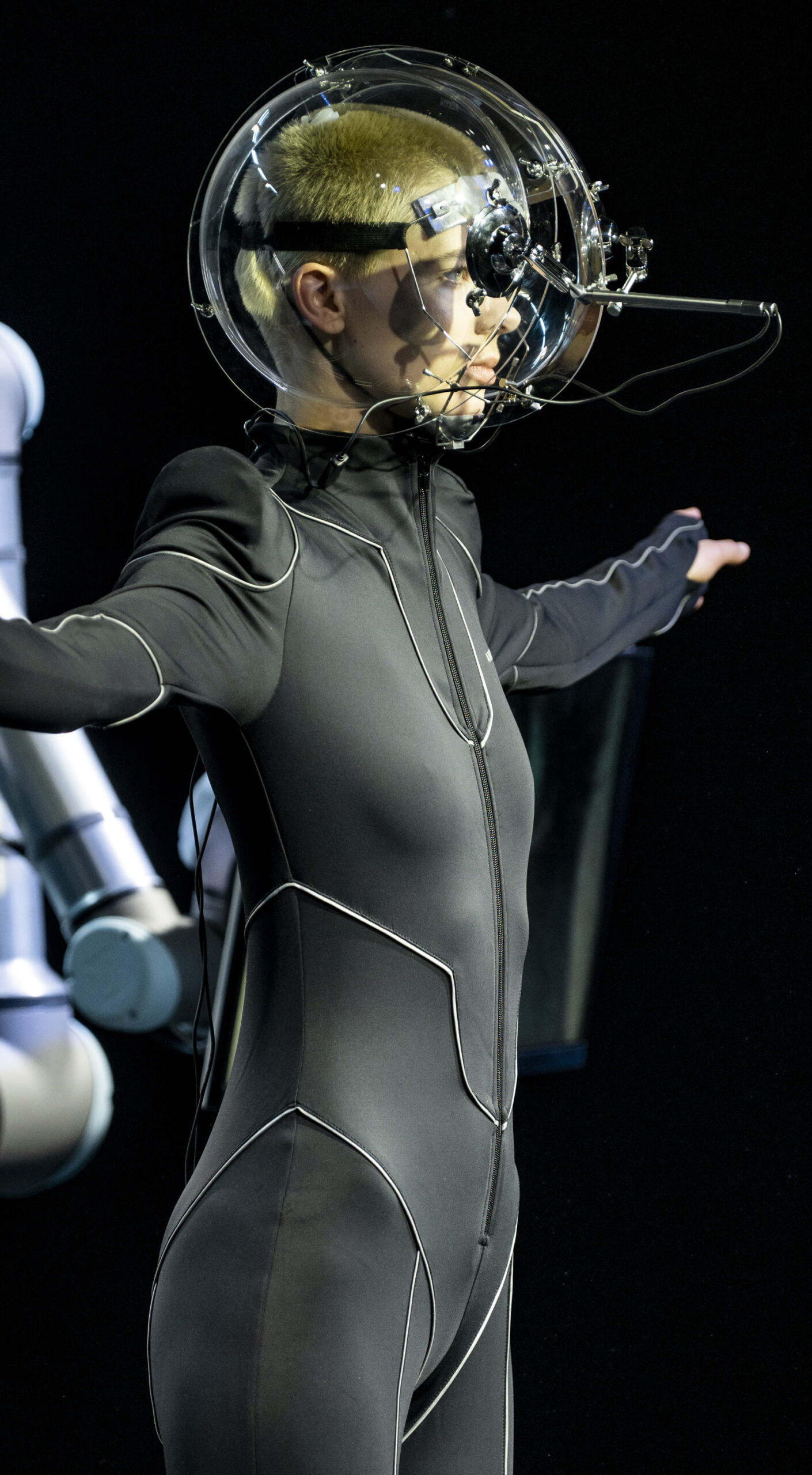
SYNTHETIKA: Subsomnia
Deep Sixxx
Subsomnia
FILE São Paulo 2025 | Instalações
Festival Internacional de Linguagem Eletrônica
Deep Sixxx – Áustria
Um mundo de ficção científica onde cyborgs com rostos humanos surgem. O vídeo brinca com o contraste entre um mundo tecnomórfico e a beleza dos rostos femininos incorporados — uma ilusão que pode se dissolver quando eles se transformam de volta em robôs. Não leve muito a sério!
Música Deep Sixxx de I swear to God foi baixada de https://starfrosch.com sob uma licença Creative Commons 3.0.
BIO
Estudou medicina e filosofia, passou um ano na academia de cinema e trabalhou com grupos de teatro em atuação, vídeo e fotografia. Após obter o diploma de médico, trabalhou como médico de emergência. Como base de seu trabalho, utiliza gravações de câmera, que processa por meio de IA. Seus visuais são pinturas em movimento — onde cores e estruturas não estão congeladas em uma tela, mas ganham vida.



